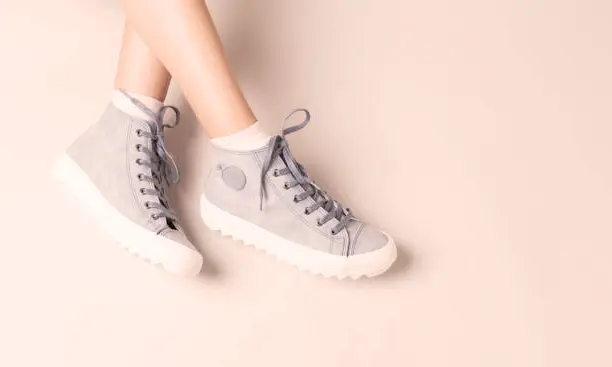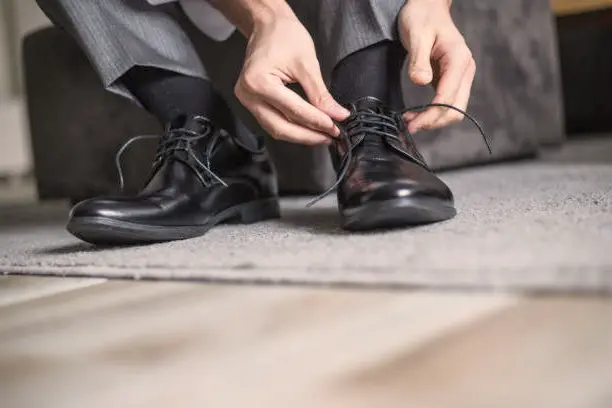
The Evolution of Footwear: From Function to Fashion
- Admin
Footwear, once a purely functional necessity, has evolved into a powerful form of self-expression, reflecting cultural shifts, technological advancements, and changing societal norms. In this article, we explore the fascinating journey of footwear through history, from its humble beginnings to its status as a coveted fashion accessory.
Ancient Origins:
The history of footwear can be traced back thousands of years, with evidence of early forms found in ancient civilizations such as Egypt, Mesopotamia, and China. These early shoes served primarily functional purposes, protecting the feet from rough terrain and extreme weather conditions.
Medieval Mastery:
During the Middle Ages, footwear became more varied in design and construction, reflecting advancements in craftsmanship and trade. Shoes ranged from simple leather sandals worn by peasants to elaborate, finely crafted boots adorned by royalty and nobility.
Industrial Revolution:
The advent of the Industrial Revolution brought about significant changes in the production of footwear. Mass production techniques and mechanized manufacturing processes allowed for the widespread availability of shoes, making them more affordable and accessible to people of all social classes.
Fashion Forward:
In the 20th century, footwear evolved from a utilitarian item to a fashion statement, influenced by trends in art, music, and popular culture. Designers such as Salvatore Ferragamo, Christian Dior, and Manolo Blahnik elevated shoes to works of art, experimenting with materials, shapes, and embellishments to create iconic designs that captivated the fashion world.
Sneaker Culture:
The rise of sneaker culture in the late 20th and early 21st centuries revolutionized the footwear industry, blurring the lines between sports and fashion. Sneakers, once reserved for athletic activities, became coveted fashion items, with brands like Nike, Adidas, and Puma leading the way in innovation and style.
Sustainability and Innovation:
In recent years, there has been a growing emphasis on sustainability and innovation in the footwear industry. Eco-friendly materials, such as recycled plastics and plant-based alternatives, are being incorporated into shoe designs, while advancements in 3D printing and customization technologies are revolutionizing the way shoes are made and worn.
Conclusion:
From its humble origins as a basic necessity to its current status as a symbol of style and status, the evolution of footwear reflects the ever-changing nature of society and culture. As we continue to push the boundaries of design, technology, and sustainability, one thing remains constant—the enduring appeal of shoes as a means of self-expression and personal identity.
